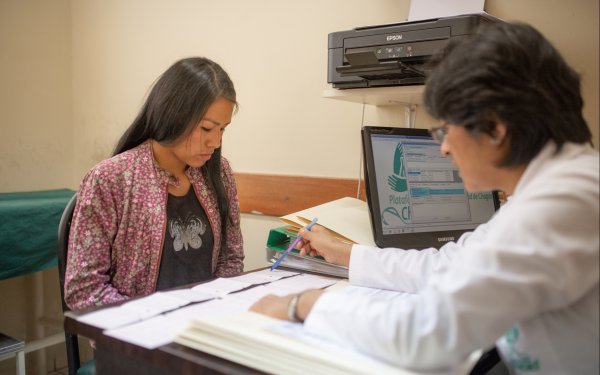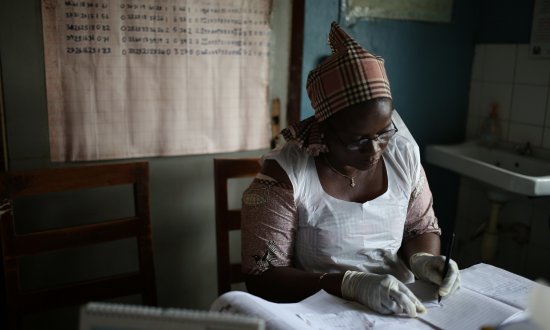Accessing data
Working with the Chagas disease research community, IDDO promotes data sharing and data re-use to generate new evidence that improves health and understanding of Chagas disease. Researchers can request access to Chagas disease data held in IDDO’s data repository.

TOTAL INDIVIDUAL PATIENT DATA
TOTAL NUMBER OF COUNTRIES
TOTAL NUMBER OF INSTITUTIONS
TOTAL NUMBER OF DATA CONTRIBUTIONS
- Explore the types and volumes of data available on the platform using the Data Inventory
- Read the Data Access Guidelines
- Download and complete a Data Access Application Form. Include the details of the studies you are requesting as listed on the Data Inventory.
- Submit the application form to dataaccess@iddo.org
Applications to access data are assessed, as per the choice of the data contributor, either by:
- An independent Data Access Committee
- A contributor-controlled process – where the data contributor assesses each data access application that requests the re-use of their data
Following permission to re-use data, data requestors must contact the relevant data contributors to offer the option of collaborating on the planning, execution and publication of the proposed secondary analysis, and the data contributor must also always be cited when data are re-used. All of the data re-use terms are set out in the Data Use Agreement.
As part of our data governance process, we carry out a Data Transfer Risk Assessment to ensure that we comply with the UK’s General Data Protection Regulations (GDPR), and specifically its guide to international transfers. Find out more about the GDPR and guidance on international transfers on the UK Information Commissioner’s Office website.
We are constantly curating new data, so we do occasionally have curated datasets which have not yet been updated into our data inventories: please get in touch dataaccess@iddo.org if you have questions.
The independent IDDO Data Access Committee (DAC) manages and oversees all data access applications for re-use of chagas disease data, in accordance with the Data Access Guidelines and the Data Use Agreement. The DAC aims to review applications and respond to requests within two months of submission. The Data Access Guidelines detail our principles of data access, criteria for DAC review, who can request data and how the DAC operates.
The technical, governance and ethical framework for our data access strategy has been developed to promote access to data for research, while protecting the rights and privacy of the people and communities from which the data originate, and respecting the investment of the researchers who conducted the studies and collected the data.
Contact us at dataaccess@iddo.org if you have any questions or would like further support.
Explore the types and volumes of data available on the platform.




